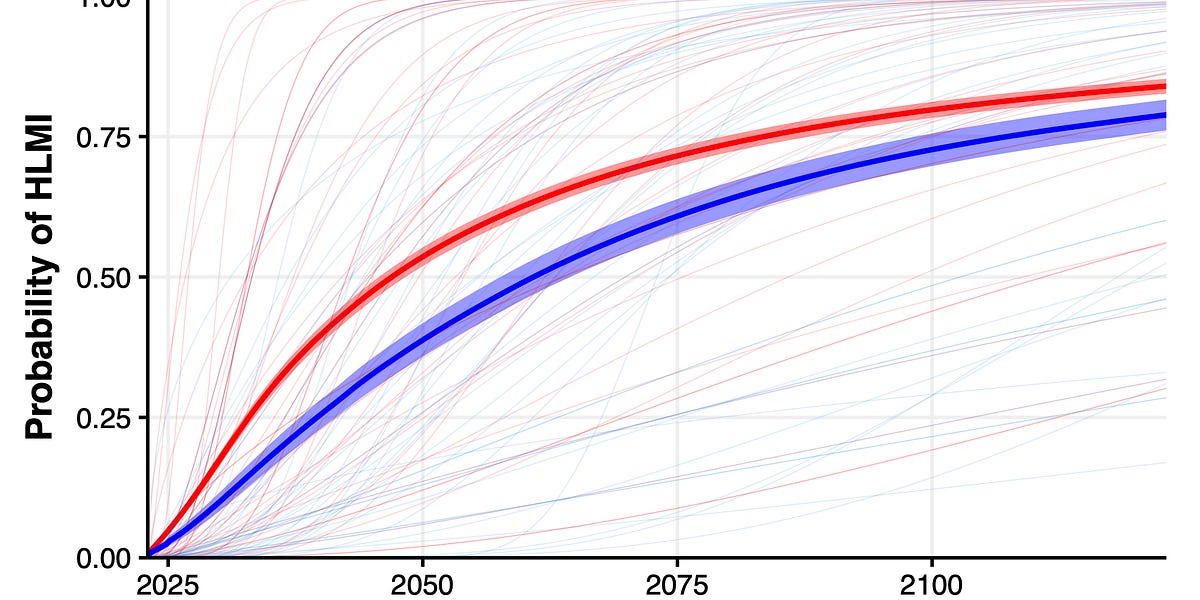Survey of 2,778 AI authors: six parts in pictures
The 2023 Expert Survey on Progress in AI is out, this time with 2778 participants from six top AI venues (up from about 700 and two in the 2022 ESPAI), making it probably the biggest ever survey of AI researchers.| blog.aiimpacts.org



